For many of us, our kinders start the school year lacking number sense. It’s a challenge we face every year, and we feel like it’s going to take them forever to learn their numbers! These are some of the ways I have been successful in my classroom when it comes to teaching number sense. Even if you do not teach kindergarten, these teaching strategies can be used in all grade levels. You just have to change up the content and up the rigor.
1. Small Groups:
Just like in reading, I also pull a small math group daily. I try to make 4 small groups of 5-7 depending on my class size. Since our math center time is around 30 minutes, I cannot see every group daily, so I make sure to rotate them to every other day. In the beginning of the year, I have a huge gap of kids ranging from knowing numbers to 20 to only knowing the number 1. So, I make sure to group them by their skill level. I use a lot of manipulatives, white boards, and some math centers as well. For those struggling kiddos, I focus on numbers 0-5 for several weeks. Or if I need to dial it back further, I do 0-3. I make it fun by having them count cubes, writing the number on their white board, using number puzzles and putting the numbers in order. Basically, repetition over and over again until they have mastered 0-5. For those middle kids, I still focus on 0-5 but push them on numbers 6-10. We do the same kind of activities. Focusing on 1:1 counting, writing numbers and using some of the fun centers I have in my classroom. I really like to have the students use a center in my small group before I have them work on it independently, that way they can really be successful at it, and I know they are doing it correctly. For those higher kids, I still focus on numbers 0-10 but push them. Asking questions like what number comes before and after, what’s the missing number, using 10 frames, what’s one more or one less, and writing the numbers with nice and neat handwriting. Since we usually focus on numbers 0-10 in the first quarter, I don’t want to branch out into the teen numbers until we have a solid number sense of 0-10.
2. Mental Math:
This is a great way to build number sense and it’s so quick and easy! In the beginning of the year, I usually have dot cards that replicate a dice. I flash them and they are to quickly tell me the number. I mix it up by asking girls, boys, hair color etc. This is also called subitizing.
3. Math Warm Up:
This my number one way to increase number sense. I start math warm up pretty much the first week of school and do it EVERY day till the end of the year. It has a structure that is easy to follow once you get it down. I will break down the format so you can try this in your classroom. Math warm up should take between 15-20 minutes including passing out papers, pencils, etc.

If you are interested in Math Warm Up, I have it available to purchase in my store! I have bundled it for the ENTIRE year as well as sold individually for the beginning, middle and end of year. Click here to find Math Warm Up in my store!
4. Problem Solving:
This a really fun way to build number sense, and the kids love it too! I don’t usually start this until the 3rd quarter, but it can definitely be done sooner if you choose to do so. I do this every Friday morning, and it follows a structure that is the same each week. Problem-solving days include solving a story problem with either addition or subtraction. I type out a problem with room for student work, a place to record their answer, and how they solved the problem. 
The first time we do problem-solving, I create an anchor chart with the class. We choose different strategies to solve a math problem. Then they can refer back to this when working independently.
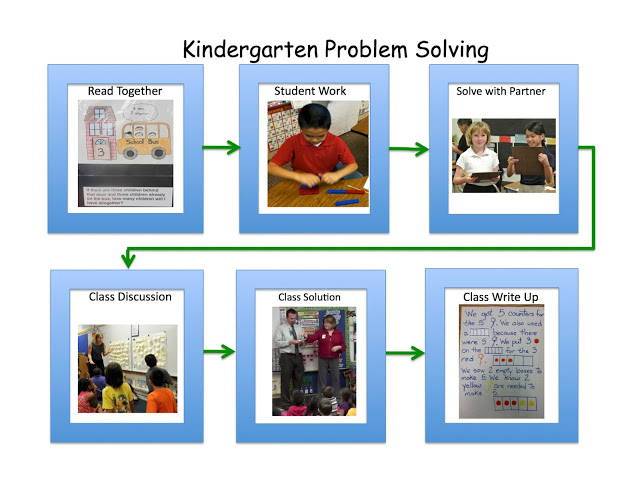
This is the format I follow when doing problem solving:
A. Read Together: Have the students sit on the carpet, and read the problem several times. I point out the numbers and circle them. I don’t want to give away what method to do or if the question is asking for addition or subtraction. So I keep it pretty basic when I introduce the problem.
B. Student Work: Students work independently for about 3-5 minutes at their tables. At the tables, I provide buckets full of manipulatives. Inside are Unifix cubes, 10-frames, number bonds, and their pencils and crayons. Students are able to choose whatever method works for them.
C. Solve With Partner:This part is tricky, but since we have been doing math review for 2 quarters, it’s not that difficult for them to discuss with their partner how they solved the problem. I had to model it a few times pretending like I was a student. Basically, they are to show their partner how they solved it, and I give them the sentence starter, “I solved the problem by _____.” This should be roughly 1-2 minutes.
D. Class discussion: I have the students bring their paper and pencil and I usually pick one manipulative to bring to the carpet. Usually, I say bring 10 cubes. Then I call on about 6 students to give me their answer. That’s it. No explanation yet. I write down correct answers and incorrect answers. Then I go back and call on the students so they can tell the class how they solved the problem. I usually illustrate or model what they are saying on my white board or doc camera. For example: If the student says, “I drew a picture of 5 balloons.” I ask them, “why did you draw 5?” They can explain that it says 5 in the sentence. So then I go ahead and draw 5 balloons on the board. Then the student continues to explain, “then I crossed out 2 balloons.” I again ask why. I proceed to cross out 2 balloons. Then I ask what did you do after that? They say, “I got 3 balloons.” I ask the class if that makes sense. I love it when they go further and write it into a number sentence. 5-2=3. Then I move on to the next kid. I make sure to pick kids who solved the problem differently this way the class can see multiple ways to solve a problem. I make sure that the students who provided the incorrect answer explain their way. Then we realize that their way didn’t make sense and I cross out their answer.
E. Class Solution: We pick one way to solve it and have everyone try it together with their own manipulatives, paper, and pencil. Most of the time, I just pick it. I have everyone count out 5 cubes and then take 2 away. We then all write the number sentence on our paper.
F. Class Write Up: This is teacher led and can be done on your white board or on chart paper. I pretty much sequence our steps in order using First, Next, Last. For example: “First, we counted out 5 cubes because Jack had 5 balloons. Then, we took 2 away because have gave them to his friend. Last, we counted how many cubes we had left.” We know that Jack has 3 balloons left so we wrote the number sentence 5-2=3. Then after we come up those steps, we all read it together, and that’s problem-solving! This process should take about 30-40 minutes, but don’t be surprised if it takes you up to 45 minutes to even an hour the first few times!
I was actually filmed teaching these problem-solving steps as a model for the district! Kindergarten problem solving takes a lot of practice, but once you and your class get the steps down, it’s like clockwork, and it’s really beneficial!
5. Assess and reassess:
L
Last but not least, I make sure I am on top of my students and what they know or do not know. This way I can move them around in their math groups if needed. As we know, some start slow, but really pick up the pace once they are in school and fully submerged in our classroom content. I usually assess them every 2 weeks. Assessing also helps me direct instruction on what I need to teach. If 90% of the class has mastered a skill, then I feel it’s ok to move on, and I will attend to that 10% who still do not have it. I love to use my common core math assessments as well. They are not just geared towards number sense, they assess every common core standard in a very organized manner. If you are interested in my assessments, they are available for purchase here in my store!
Join the newsletter
Sign up for exclusive freebies and teaching tips here!
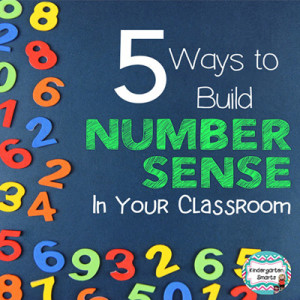
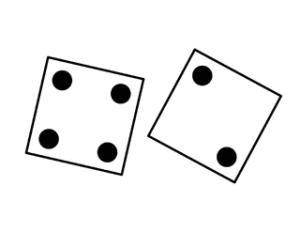


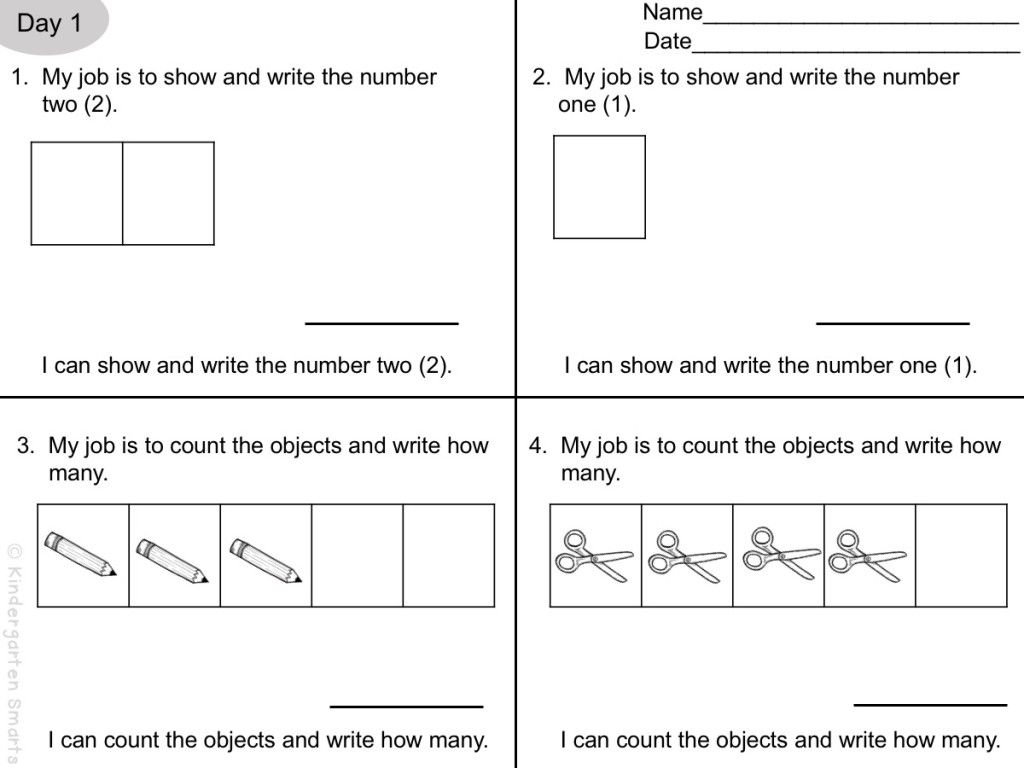
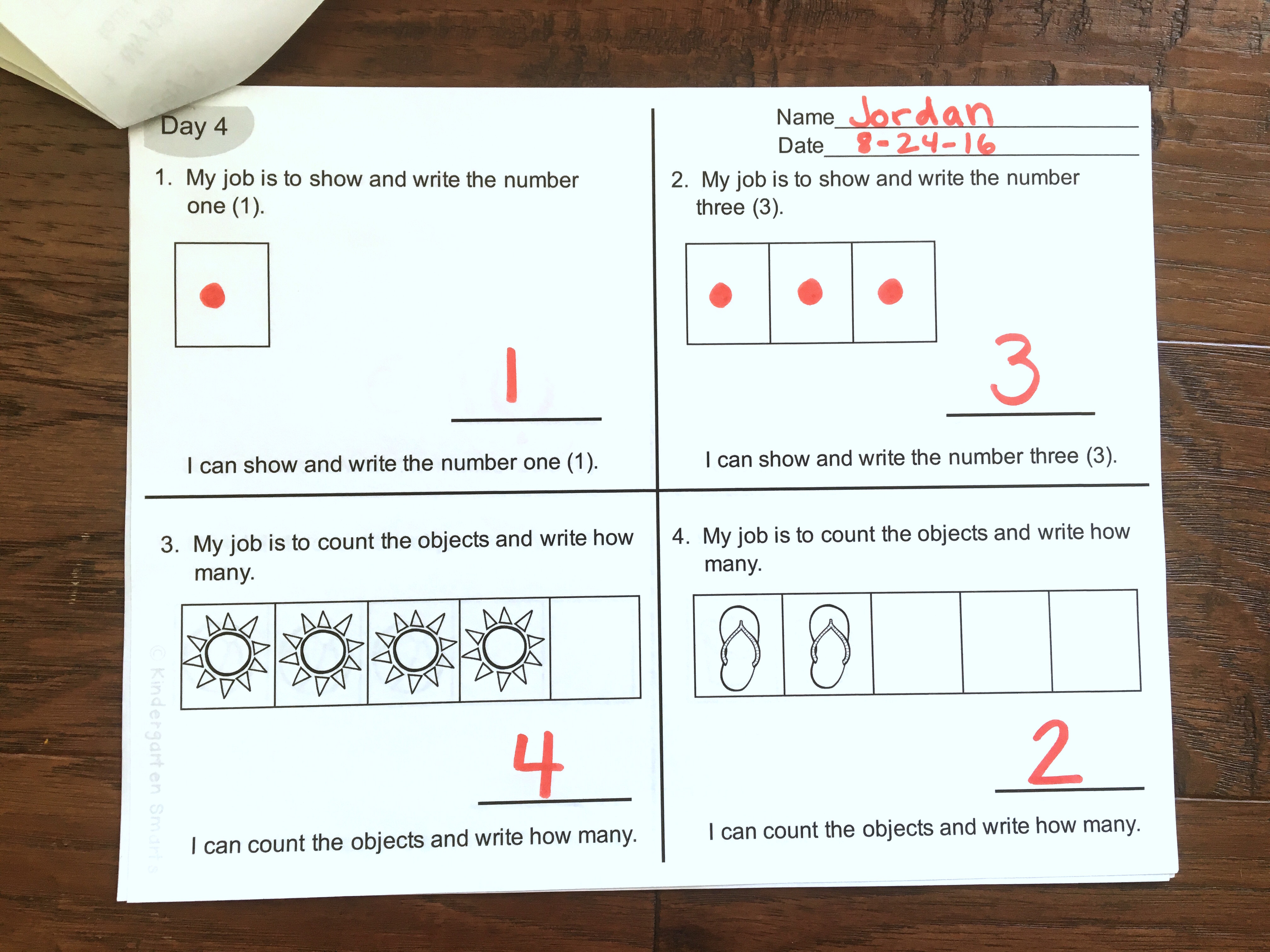
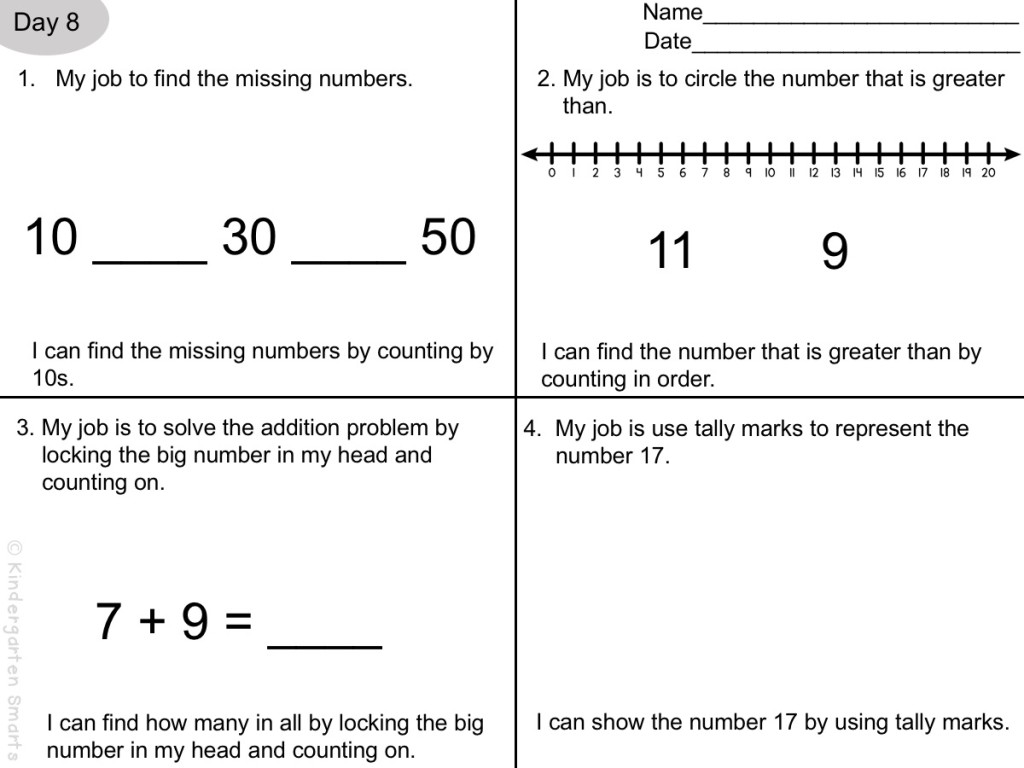
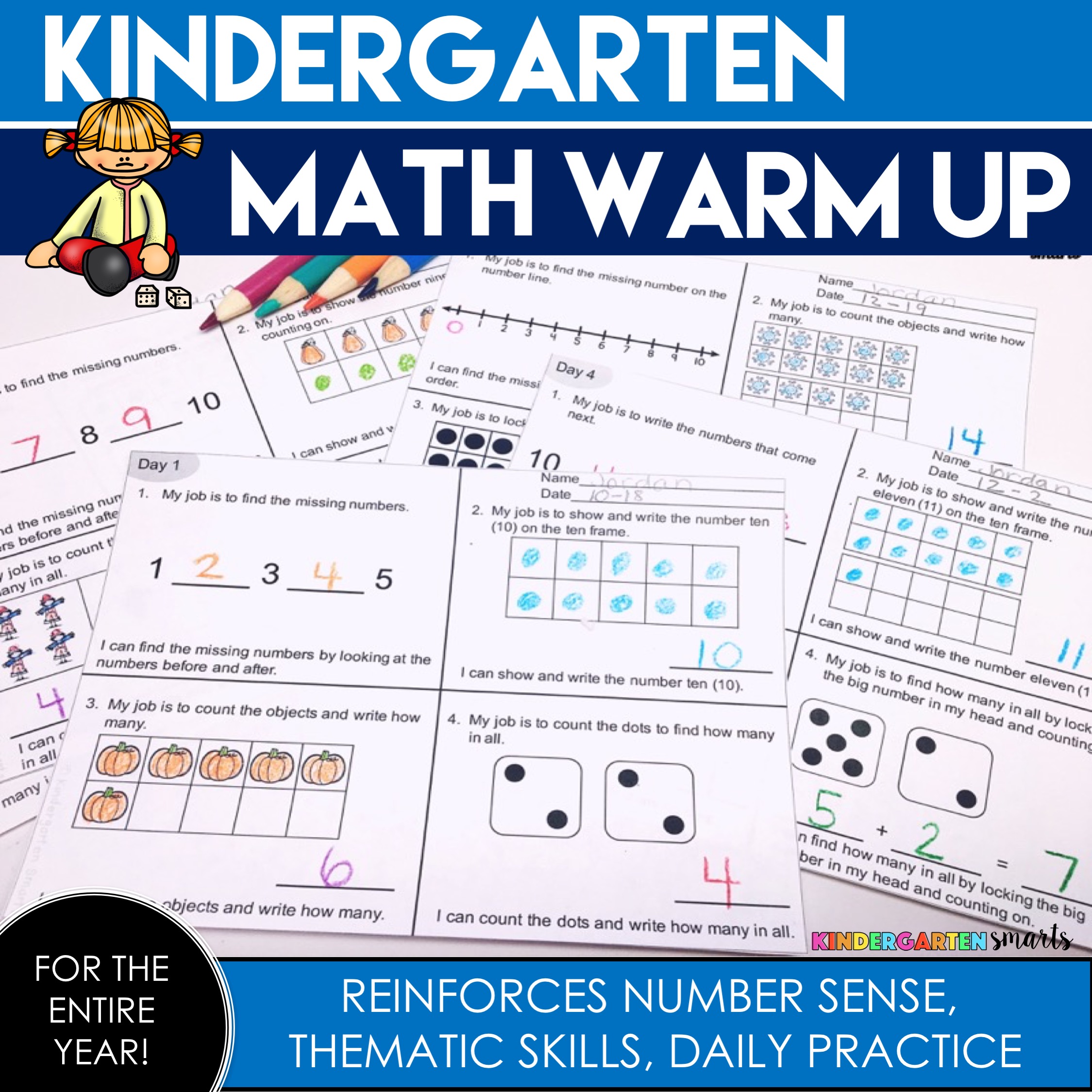

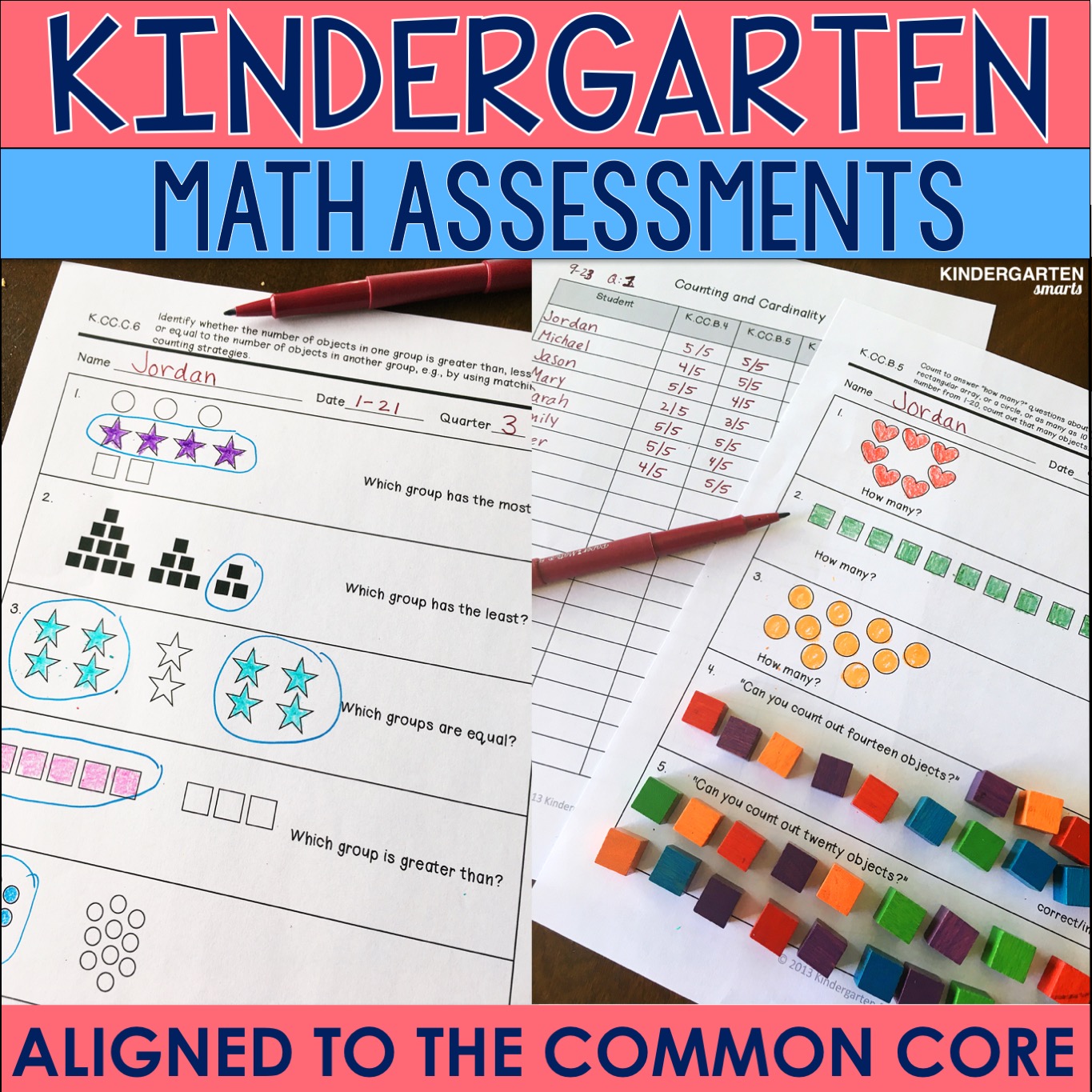


Do you sell copies of the math review? Donna
Hi Donna, So sorry I just saw your comment! Math review isn’t something that I have for sale currently, but I am seriously thinking of making something like this. The math review I have posted was something that we created as a team at my school. Thank you for your comment!
Hi Donna,
I just wanted to let you know that I now I have Math Review for sale! If you are still interested you can check it out here in my store.
https://www.teacherspayteachers.com/Product/Kindergarten-Math-2477023
Thanks 🙂
Sarah
Hi Sarah! I’m a kindergarten teacher from Kentucky. My students are really struggling this year with number sense. I came across your blog and love the ten minute math review. The math program my district uses has a daily review but it focuses on the lesson and I would really like to just do a quick number sense review at the start of each math lesson! I was wondering if you had it available to purchase? Thanks!
Hi Brooke! I am so glad you came across this post! I currently do not have the math review for sale, however, I am thinking this may be my next project! The examples I have posted are samples from a math review that we created with our kindergarten team. I appreciate the feedback, and the minute I create a math review for purchase, I will let you know 🙂
Hi Brooke!
I just wanted to let you know that I now have math review for sale! If you are still interested, you can check it out here.
https://www.teacherspayteachers.com/Product/Kindergarten-Math-2477023
Thanks 🙂
Sarah